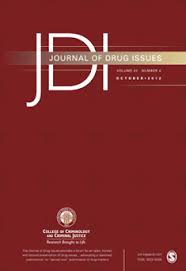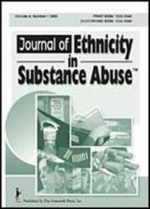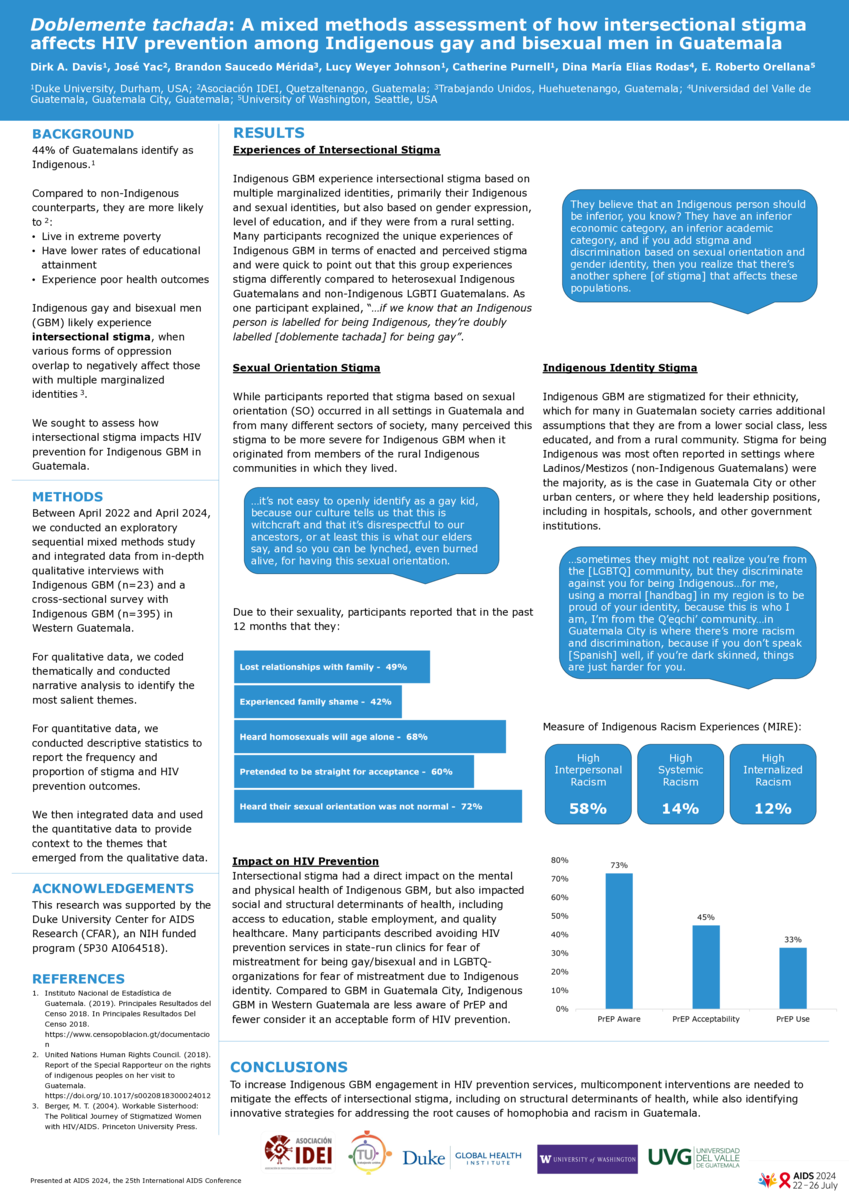Resumen
This qualitative study explored the relationship between drug use and risk for HIV transmission among middle-class young people in Guatemala City. It used the PEER methodology, whereby the interviewers were themselves drug users, and each recruited three friends as informants. The 21 peer interviewers recruited a total of 62 informants who participated in three interviews each. The informants viewed drug use favorably: as the social lubricant that facilitates interactions with friends and provides new, pleasurable experiences, free from the conventions of a conservative society. Drug use was limited almost exclusively to noninjection drugs: cocaine, marijuana, ecstasy, lysergic acid diethylamide, and mushrooms. Informants feared pregnancy, detection of their drug use, overdosing, and becoming addicted but did not perceive any risk of HIV. With the recent escalation of drug trafficking in Guatemala, it is important to build the evidence base on drug use in this population and its potential implications for HIV transmission. (Resumen extraído del artículo)






